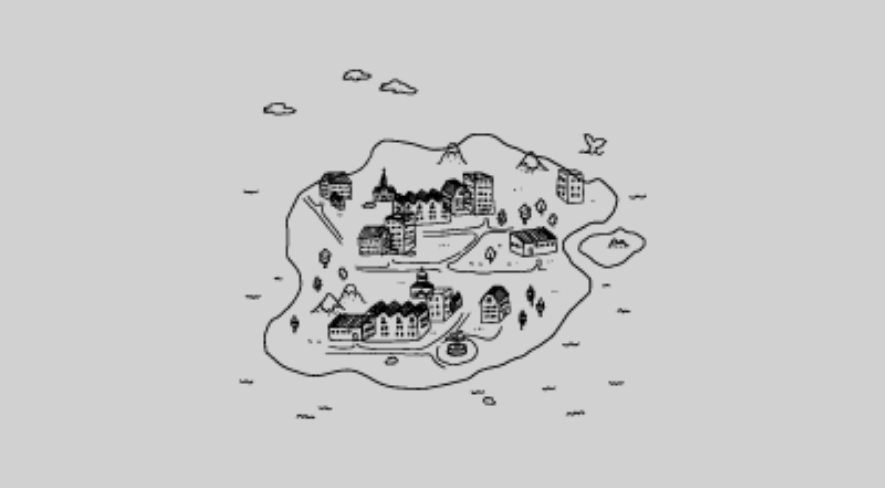We have all chased our curiosity on online search engines – hopping from one Wikipedia page to another, trying to make sense of the inter-relationships, and winding up in places we never imagined. What if we introduced you to some ways of replicating this in the physical world?
Parents can utilise in-car conversations and road trips for unstructured learning. Let’s discover how!
Mathematics
Turn your family car ride into fun competitions, like asking your kids to add up the numbers on distance signs or licence plates. You can also pose questions to test their conceptual knowledge, for example: “How long would it take for us to reach the next city if we keep driving at 50 km/hour?” Connect these quick challenges with the reward of getting to pick the next song!
History
If your kids are interested in movies and sports, encourage them to plot out some related stop-overs before leaving home. Use roadside stops like historical buildings and monuments as storytelling opportunities. If you can’t think of a story, look for a podcast, audiobook, or video that you can play while driving through the area.
Geography
Play a guessing game: “How many types of rock can you identify in the mountain range?” “Can you guess the population of the town?” “How many lakes are there in this state?”
Hand out a pre-programmed map to your kids and keep checking with them about navigation, distance, time, etc. If you don’t want to use GPS, a paper map like the India Road Atlas can come in handy for directional guidance.
Research shows that if we stop using paper maps completely, we will lose a way of experiencing the world. The hippocampus (part of the brain that shapes our spatial perception, memory, and imagination) gets activated when we use a map to navigate. But a lack of usage can cause a decrease in hippocampal volume along with other mental health implications.
Science
Motivate kids to photograph nature along the way, anything from trees and birds to animals and insects. This nudge might inspire them to know more about biodiversity and compare their findings with the natural surroundings back home. The exercise can also turn into one of those situations where your child is the expert, and you get to learn!
[Curated from Children and Nature Network, Common Sense Education, Road Trip Activities and Travel Journal for Kids by Kristy Alpert, Wayfinding: The Science and Mystery of How Humans Navigate the World by M. R. O’Connor]
Contributed by Arushi Sharma, this piece originally appeared in the Parents’ Corner section of The Plus Magazine.

